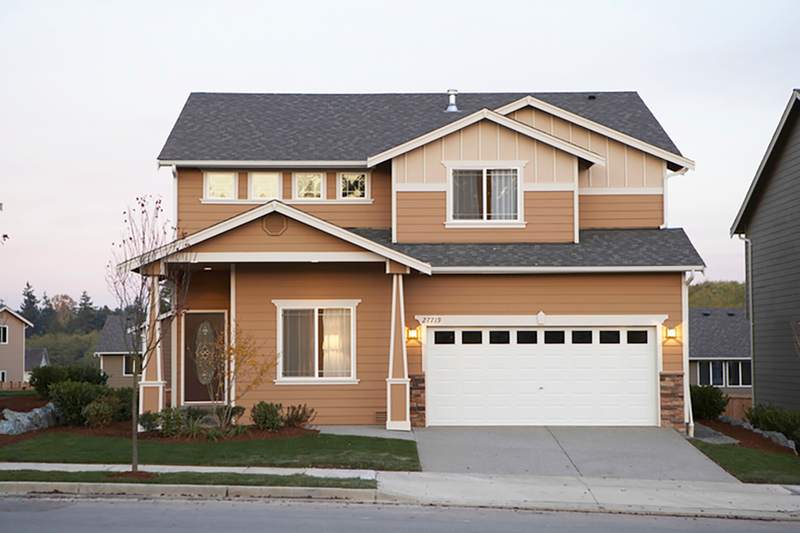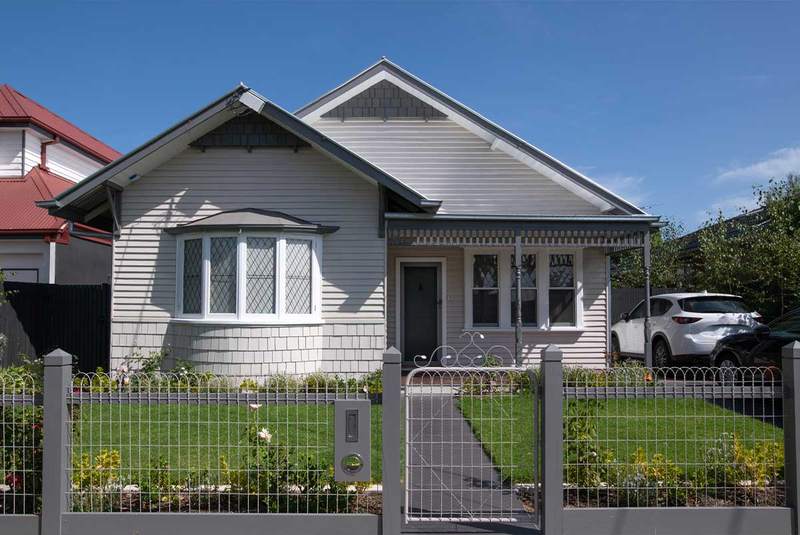The interest rate you get on your mortgage is of vital importance for most borrowers, yet how mortgage rates work can be a complex and confusing topic for the average consumer.
If you’ve heard of a “par rate” but aren’t quite sure what it is, no worries. Here’s the basics of this somewhat obscure mortgage term.
See What You Qualify For
You can get a real, customizable mortgage solution based on your unique financial situation.
What Is A Mortgage Par Rate?
The par rate is the mortgage lending interest rate for a loan that does not require any lender credit or discount points from the borrower.
A par rate is what you’ll receive based on the type of loan you’re getting and your credit history, without any additional adjustments for things like “buying down” your rate.
Still confused? Let’s talk about what that means in practice, and how exactly your par rate is determined.
See What You Qualify For
Buy A Home
Discover mortgage options that fit your unique financial needs.

Refinance
Refinance your mortgage to have more money for what matters.
Tap Into Equity
Use your home’s equity and unlock cash to achieve your goals.
How Does A Par Rate Mortgage Work?
When you apply for a mortgage, an underwriter will look at your entire financial and credit profile and make a decision about your rate based on certain factors, including your credit score, debt-to-income ratio and the amount you plan on putting toward your down payment.
This is why experts often recommend that hopeful home buyers with less-than-stellar credit histories work on their credit before they apply for a mortgage. Your credit indicates to the lender how much of a risk you are as a borrower, and borrowers who present a higher risk will typically have to pay a higher interest rate to mitigate the risk the lender takes in giving them a mortgage.
However, your credit isn’t the only thing that will determine your rate. The underwriter will also consider factors like what type of loan you’re getting (such as a conventional or FHA loan), whether it’s a fixed-rate or adjustable-rate loan, and the term or length of the loan (such as a 15-year or 30-year loan). For example, shorter term loans typically come with lower interest rates than those with longer terms.
Your par rate is not necessarily the rate you’ll end up paying. You may opt to pay discount points or ask for a lender credit to lower your closing costs, which would cause your rate to be adjusted up or down from your original par rate. Let’s
Adjusting Par Rates
Your par rate isn’t set in stone. In fact, it’s possible to get an even lower rate than the one you were quoted, provided you’re willing to pay for it. On the flip side, you can also exchange a higher rate for lower upfront costs. Be sure to ask your lender about what options are available to you.
If you choose either of these options, the new rate you receive – the one you’ll pay on your mortgage each month – is your adjusted par rate.
The two main options you’ll have that will change your rate are purchasing discount points or receiving lender credits.
Discount Points
As a borrower, you can buy discount points to lower your rate. You may see this referred to as “buying down” your interest rate. The cost of one point is equal to 1% of the total loan amount. So, if you were borrowing $100,000 for your home, one discount point would cost $1,000. You’ll pay this cost at the closing table in exchange for a lowered interest rate.
Lender Credits
If you’re not as concerned about having the lowest rate possible but are more interested in lowering the amount of money you’ll pay at closing, you can use lender credits. With this, your lender will cover a portion of your closing costs, lowering the amount of cash you’ll need to bring to the closing table. In exchange, you’ll receive a slightly higher interest rate.
See What You Qualify For
You can get a real, customizable mortgage solution based on your unique financial situation.
Par Rate Example
Let’s say you receive an interest rate of 4% on your $200,000, 30-year conventional mortgage. If you choose not to add any points or credits to your loan, your rate will simply be 4% with no adjustment. That’s your par rate. As such, your monthly principal and interest mortgage payment (without factoring in taxes, insurance or other costs) will be $954.83.
But maybe you decide you’d like to purchase discount points to lower your rate. You purchase one discount point, paying $2,000 at closing for a 0.25% rate decrease. Now, your rate is 3.75% and your monthly payment shrinks a bit to $926.23. That’s a savings of $28.60 per month, or a little over $10,000 over the life of the loan.
Or perhaps you don’t have a lot of extra cash in your savings and you’d like to limit the amount you spend on closing costs. You ask the lender for a credit at closing to offset your costs, but in return your rate goes up a bit, to 4.25%.
This means a monthly payment (not including taxes or insurance) of $983.88, which is $29.16 more per month than what you’d pay with the par rate. That can add up over the life of the loan, but if you don’t plan on remaining in your home for the duration of your mortgage, the math may still work out in your favor.
Whichever path you choose, your par rate is the jumping-off point for determining how much more or less you’ll pay in interest.
To calculate your own costs and figure out how a change in your interest rate would affect your monthly payment, try out our mortgage calculator.
Yield Spread Premiums And Par Rate: What To Know
If you’re working with a mortgage broker, you may encounter a fee called a yield spread premium. But what is this and how does it relate to your par rate?
A yield spread premium is a fee that the lender pays the broker for selling you an interest rate that is above the par rate. It’s essentially part of the commission earned by the broker as compensation for the services and value they’ve provided in finding the right mortgage for you.
But while this means paying a slightly higher interest rate, you may wind up saving money on closing costs. If you’re working with a mortgage broker instead of directly with a mortgage lender, make sure you understand how they’re being paid and how it will affect your mortgage costs.
The Bottom Line: Par Rates Are A Starting Point For Your Interest Rate Negotiations
While looking at advertised mortgage rates can be helpful for home shoppers, you should remember that there are many different factors that go into determining the par rate you’ll be offered after you’ve applied for a loan. Even that can change, though, as you go through the process and different items are added to your loan.
See What You Qualify For
You can get a real, customizable mortgage solution based on your unique financial situation.

Miranda Crace
Miranda Crace is a Staff Writer for Rocket Companies, bringing a wealth of knowledge about mortgages, personal finance, real estate and personal loans for over 10 years. Miranda is dedicated to advancing financial literacy and empowering individuals to achieve their financial and homeownership goals. She graduated from Wayne State University, where she studied PR writing, film production and film editing. In her spare time, Miranda enjoys traveling, actively engages in the entrepreneurial community, and savors a perfectly brewed cup of coffee.












